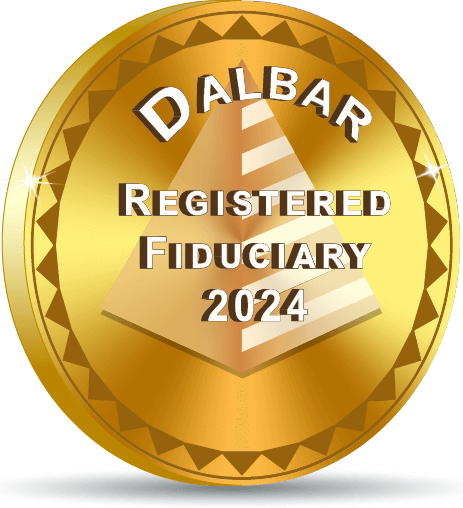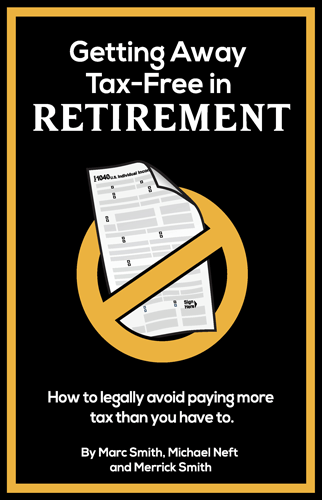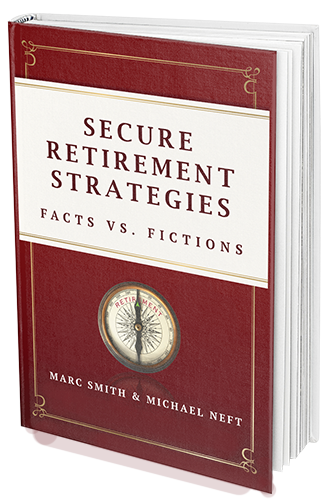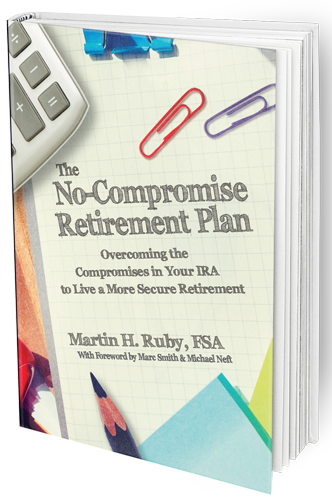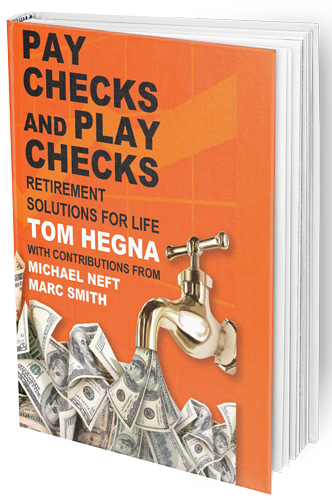Long-Term Care, Tax-Free
Expenses in a long-term care situation pile up faster than we’d care to think about. Taxes on top of those expenses simply add to a burden that can be minimized with the proper assets in place for you to capitalize on.
In this SRS Short video, Marc Smith, founding partner at Secure Retirement Strategies, elaborates on the inner workings of how a LIRP can be used for avoiding tax burden in a long-term care situation.
Read the transcript below the video:
Transcript:
Hey, this is Marc Smith. Hopefully you’re doing well today, today. We’ve been talking about the the last few weeks, and we’re going to talk today, specifically about the tax-free income and specifically the tax-free long-term care.
The income, when you start taking it as actually tax-free, you pay no taxes on it. Completely tax-free. The long-term care, it’s about the only thing out there that’ll give you a tax-free long-term care. You don’t pay taxes on it.
On traditional long-term care. You do pay taxes on it. Remember that the long-term care benefit can be used in a facility or at home. It’s two out of six activities of daily living.
But also, it covers diseases like MS, really bad arthritis and things that traditional long-term care won’t cover.
But I think one of the main things is, your family physician is the gatekeeper. He or she is the one who writes the letter for you to the insurance company. And that is the letter that will either work or not work.
And typically it works very well. We only use top rated carriers. They really honor the letter from coming from an MD.
That money, once you start getting it, you use it however you want to use it. That’s up to you, basically what it’s doing, it’s basically taking the death benefit that you have on the life insurance side and reducing it as you use the long-term care.
So the death benefit will reduce, but it is sure worth it. I think it is the best long-term care benefit out there today. And again, it’s, tax-free.



